Use Case
"Legacy" computer systems typically load and save programs over serial ports. Integrating modern storage, like SD cards, into these "legacy" systems can be a serious challenge.
In our "modern" times this is often solved by attaching a PC and running a terminal program to send/receive programs to the legacy systems. These can be BASIC programs, S-Records, Intel HEX file or other sorts of files.
Replacing the external PC offers the opportunity to more easily transport the system. A compact solution that emulates the PC for transfers would be useful eliminating the need to haul around a laptop.
This project will transfer files to/from an SD card via a serial port. It will run a menu driven program on small OLED to control transfers and support SD cards up to 32GB (FAT32 formatted). The serial interface will have RTS/CTS hardware handshake support. It can run with 5V or 3.3V target systems or at RS-232 levels. Custom cards could easily be added to emulate cassette audio interfaces or other specialized forms of serial data.
Cards Set
This design uses our existing Land Boards cards. Over the past few years we've built all of the pieces to do this in a compact size. It doesn't require Land Boards cards. Other commercially available cards could do this but our cards are particularly useful since they follow a standardized 49x9mm form factor.
Here's the pieces to do this:
- QTPy49 card with CPU
- SD_Card_X49 card
- MyMenu card - Card has OLED, 5 switches, and 3 LEDs and uses MCP23008 to talk to switches/LEDs over a single two-wire I2C interface
- Optional DCE or DTE RS-232 serial level translator card
- Optional Level Translator card - Used for 5V Target Systems, not needed for 3.3V Targets. built on a GRID49 card
- Optional custom interface like cassette audio interfaces can be built on a GRID49 card
QT Py RP2040 or XIAO RP2040 Processor Features
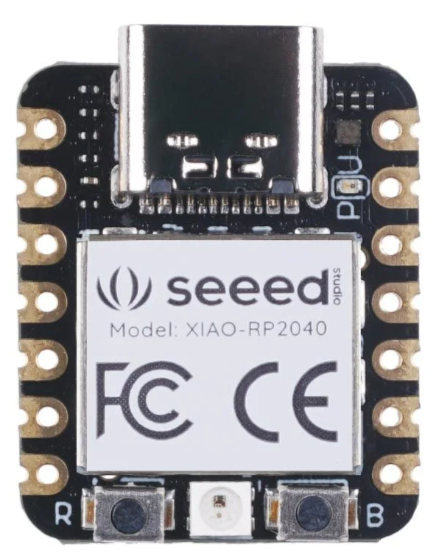
We chose this processor for its cost, size and performance specs.
- Dual core ARM® Cortex®-M0+ 32bit microcontroller
- 133MHz
- 2MB Flash
- 256KB SRAM
- Very small form factor
QTPy49 Card
The QTPy49 card breaks out all Processor pins onto headers on a 49x49mm form factor.
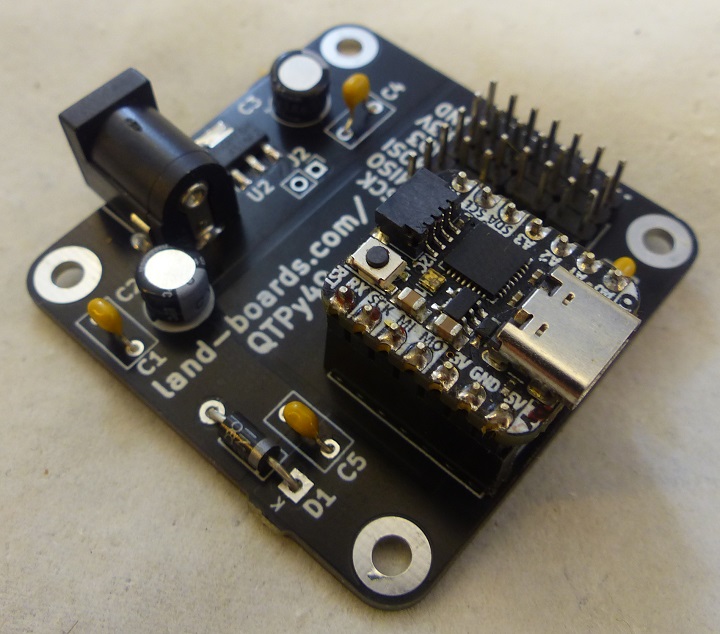
QTPy49 Wiring
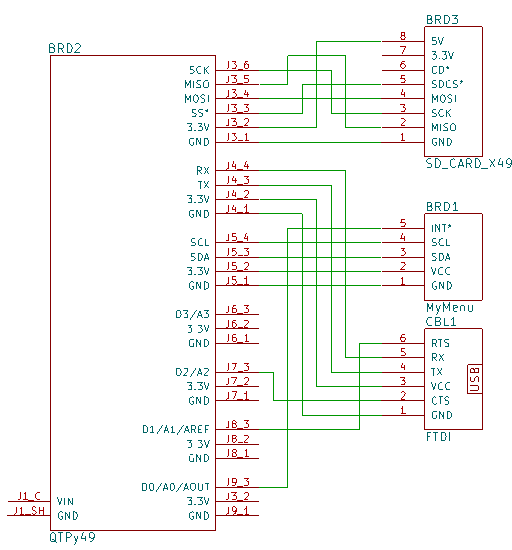
SD Card
SD or SDHC adapters. Runs at 3.3V level. On a 49x49mm form factor. Has an access LED.
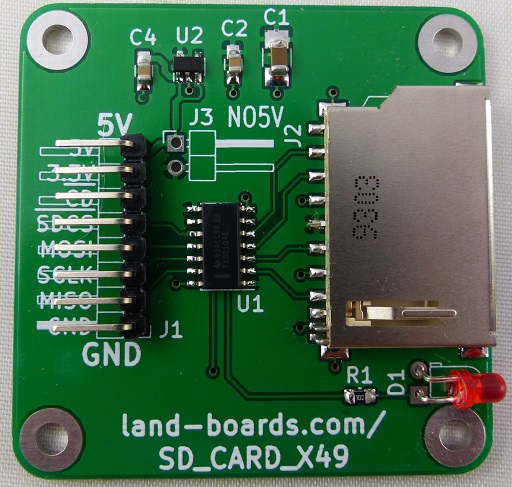
MyMenu Card
The MyMenu card - Card has 128x64 OLED, Up/Down/Left/Right/Select pushbuttons, and 3 LEDs and uses a MCP23008 to talk to switches/LEDs over a single two-wire I2C interface. It is on a 49x49mm form factor card.
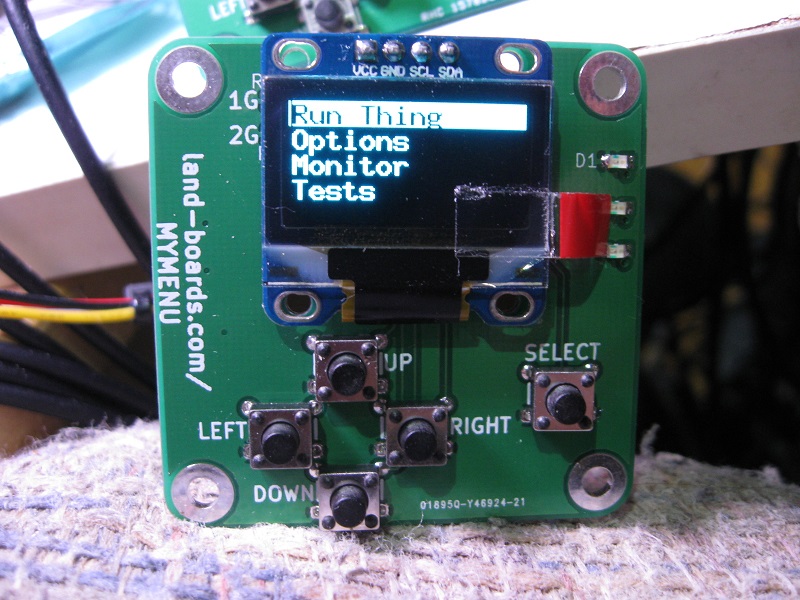
RS-232 Card
DCE or DTE RS-232 card on a 49x49mm form factor.
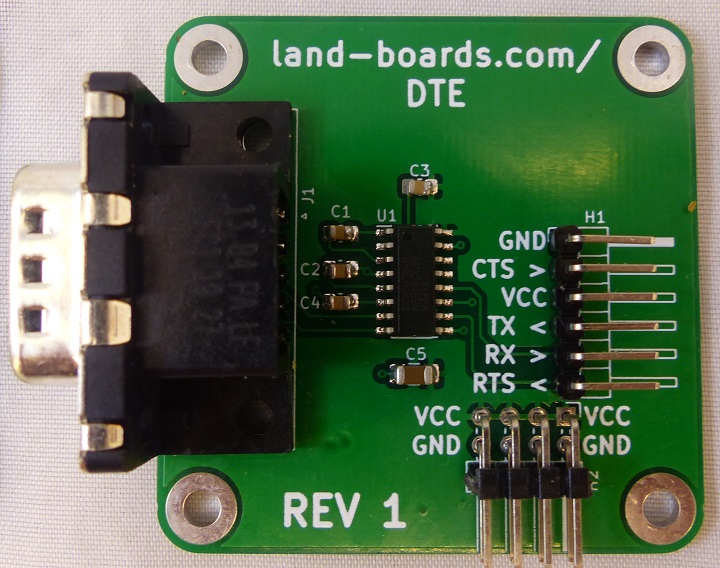
Level Translator Card (Optional)
3.3V to 5V level translator card on a 49x49mm form factor. Useful for 5V hosts. It uses an Adafruit Level translator card mounted on a GRID49 card.
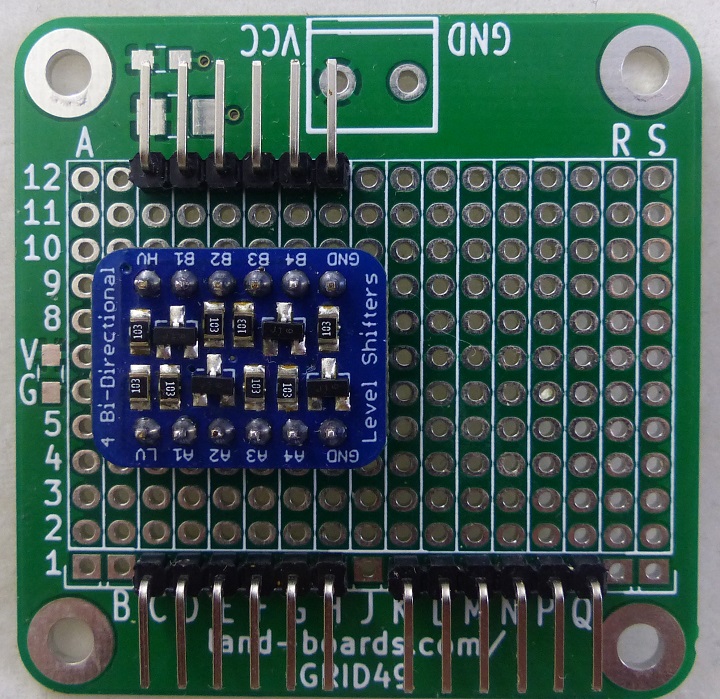
Custom Interfaces
Stuff like audio cassette interfaces can be built onto a GRID49 card.
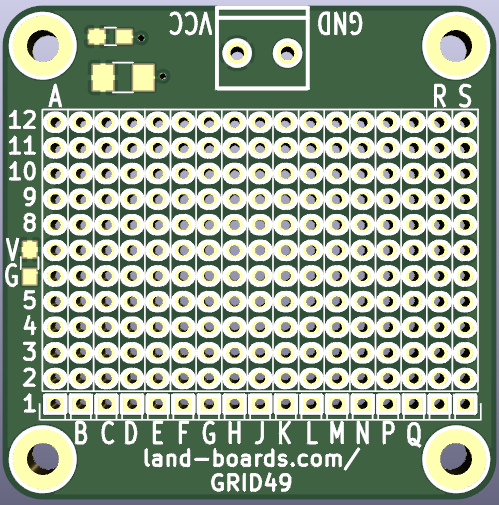
 land-boards.com
land-boards.com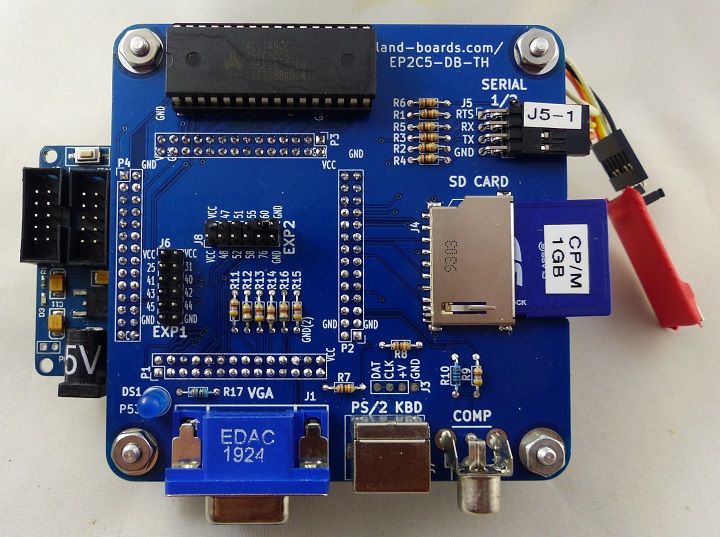
 One concerning thing is rts/cts are listed in the parameters (lower in black) but not in the constructor (in blue). I'm wondering if this is an error in the documentation.
One concerning thing is rts/cts are listed in the parameters (lower in black) but not in the constructor (in blue). I'm wondering if this is an error in the documentation.






 Int-Mosfet
Int-Mosfet
 borazslo
borazslo